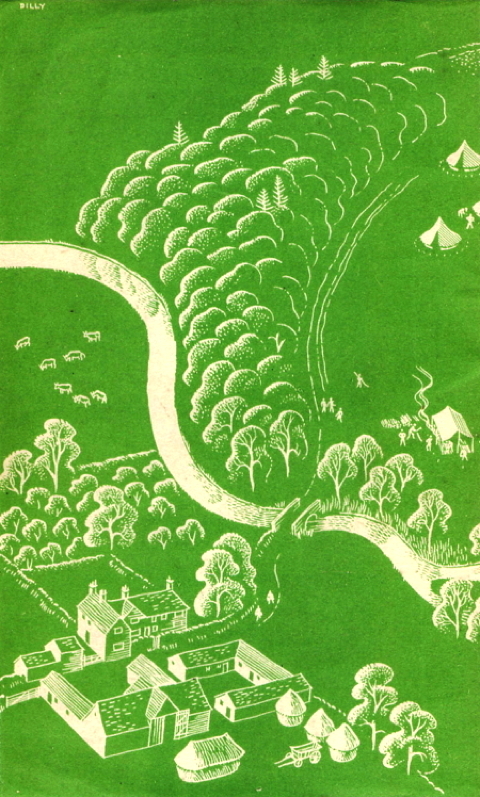[page 60]
BIBLIOGRAPHY
Club Leadership
Basil Henriques | Oxford University Press
Price 7s. 6d. |
| Camp Handbook Boys' | Brigade
Price 1s. 6d. |
| Campcraft for Girl Guides | Girl Guides Association
Price 3s. 6d. |
| Camping Standards | Boy Scouts Association
Price 4d. |
| Quartermaster in Camp | Girl Guides Association
Price 1s. |
| Practical Camp Cookery | Girl Guides Association
Price 2s. 6d. |
| Handbook | Camping Club of Great Britain and Ireland
Price 5s. |
| A.B.C. of Cookery | His Majesty's Stationery Office
Price 1s. (1s. 2d.) |
| Canteens in Youth Clubs | His Majesty's Stationery Office
Price 3d. (4d.) |
| First Aid for the Injured | St. John Ambulance Brigade
Price 2s. Supplement 6d. |
Recreation and Physical Fitness
Youths and Men | His Majesty's Stationery Office
Price 2s. 6d. (3s.) |
Recreation and Physical Fitness
Girls and Women | His Majesty's Stationery Office
Price 2s. 6d. (3s.) |
The above are books of reference to which organisers of camps would be well advised to give close attention. The list does not include any books on activities appropriate to the countryside, in respect of which camp organisers are recommended to consult their local libraries. It is desirable to have available in camp some books of the latter kind and also some on the locality in which the camp is situated.
The items published by H.M. Stationery Office are available as indicated on page two of the cover. The prices in brackets include postage.
[inside back cover]
OTHER PAMPHLETS IN THIS SERIES
No. 2. A Guide to the Educational System of England and Wales, 1945. Describes the change introduced by the 1944 Education Act. 1s. (1s. 2d.).
No. 3. Youth's Opportunity - Further Education, in County Colleges, 1945. Suggestions for the organisation and curriculum of the colleges, which will provide part-time education for young people who leave school before 18. 1s. (1s. 2d.).
No. 4. Building Crafts, 1945. How to plan Training Courses for new recruits to the Building Industry. 1s. (1s. 2d.).
No. 5. Special Educational Treatment, 1946. The ascertainment and education of mentally and physically handicapped children. 9d. (10d.).
No. 6. Art Education, 1946. Information and suggestions for the development of art education. 2s. 6d. (2s. 8d.).
No. 7. Entrants to the Mining Industry, 1947. How to plan courses for young miners. 6d. (7d.).
No. 8. Further Education, 1947. Defines future policy under the 1944 Act. 2s. (2s. 3d.).
No. 9. The New Secondary Education, 1947. The development of Secondary Education under the Education Act of 1944. 1s. 6d. (1s. 8d.).
Prices in brackets include postage
OBTAINABLE FROM HIS MAJESTY'S STATIONERY OFFICE AT THE ADDRESSES ON PAGE ii
[back cover]







